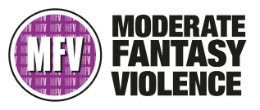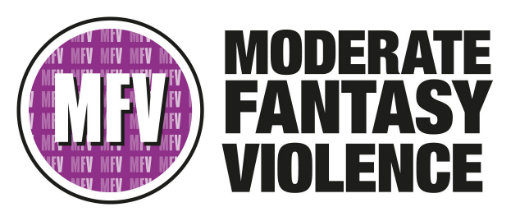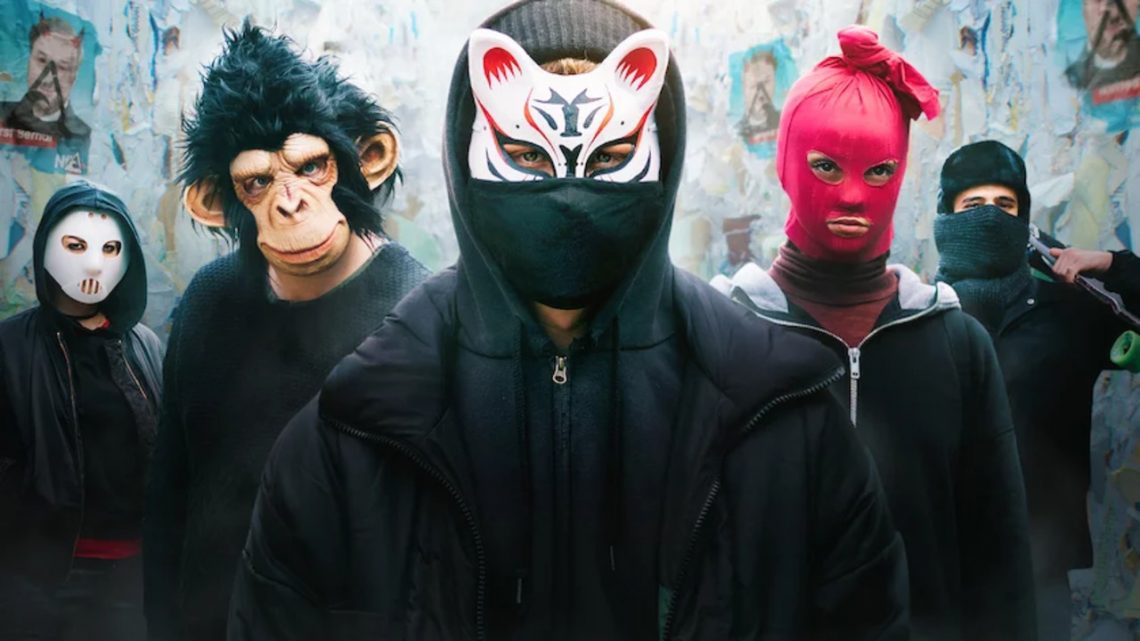The youth are revolting. Gone are the apathetic proto-hipsters of my youth, where the lamest thing you could be was someone who cared about shit. Young people today have embraced politics, from Extinction Rebellion to The Women’s March, we are seeing young people take up activism in a desperate bid to save the world from its desperate hurtle off the edge of a reactionary, nationalist, climate apocalypse cliff into oblivion.
You wouldn’t know this to be the case when looking at films or TV. There aren’t many depictions of young people getting involved in activism in our visual media. If you look at recent music, you can see it. Groups from Dream Nails to Run the Jewels intertwined activism with music to the point where they are one and the same. However, TV lags behind.
Feeling not ideology
Netflix’s German language teen drama, We Are The Wave, is a step towards addressing this. The plot follows five teenagers at high school in a small German town who become activists, aggravating their disapproving parents and the heavy-handed local police. The group they form is called The Wave and together they target local villains, including a paper plant that’s poisoning water and a far-right politician who’s running for mayor.
The members of The Wave aren’t motivated by a specific ideology or political outlook. There’s no talk of socialism, or social democracy or other ideologies. This is in line with the political activities of many young people today, who are less likely to join political parties, but feel strongly about particular causes, such as environmentalism or women’s reproductive rights.
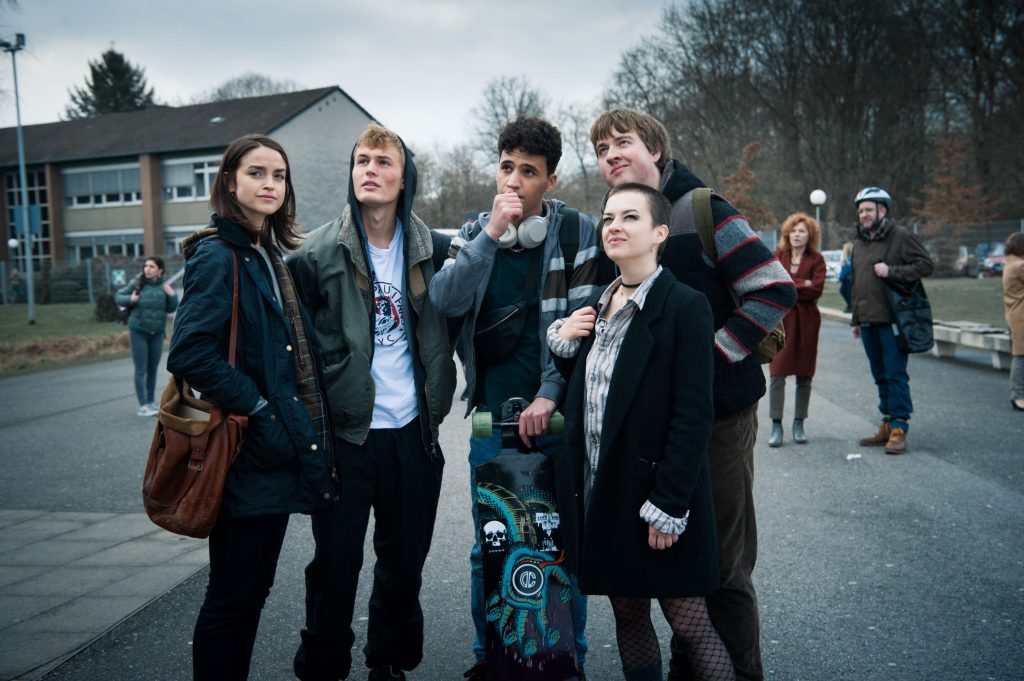
The Wave could be described as broadly left-wing. They target companies that exploit the environment and the poor, including a polluting factory destroying the livelihood of farmers, a dealership of SUVs and a company whose gentrification threatens to turf poor families out of their home. The Wave are motivated by feelings of injustice and the need to hold the powerful to account. These are left-wing values that fit with any explicitly left-wing ideology.
Social media activism
The protests that The Wave creates are designed to make the maximum impact on social media. Many of them could be described as pranks or stunts. The owner of the polluting papermill is covered in toxic sewage, a group of wealthy shareholders in an exploitative company are tricked into chanting “we are the 1%” at a corporate dinner before being served plates of bugs. Although calling these actions stunts makes these powerful political statements appear childish and easy to dismiss.
These actions are successful and get The Wave a lot of attention on social media. The show has a novel way of dramatising the online aspect of the story, with internet content projected onto walls behind the characters engrossed in their phones or laptops. This consciously theatrical trick – literally in that it is a step into abstraction more commonly seen in the theatre than on film or television – brings to life the social media aspects to the story, which is something many shows have struggled with.
The Wave’s choice of social media viral content as their means of protest speaks to an ongoing debate amongst left-wing activists. Actions like those done by The Wave or Extinction Rebellion create a lot of attention on social media, but do they lead to concrete political change? They rally supporters online, who like and share content, but other than producing a lot of chatter, what is the impact of this?
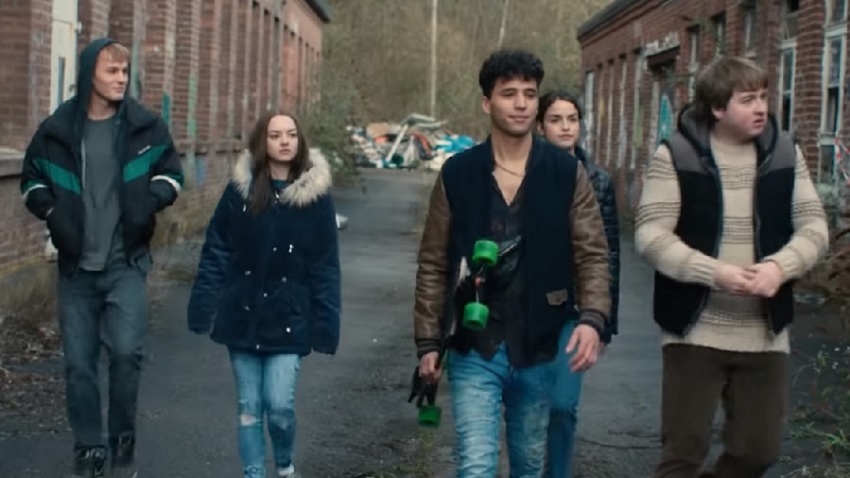
Obscuring our star light
Groups like The Wave taking to social media for their activism reflects how social media has grown to dominate all aspects of communication. Through small dopamine hits produced by likes and comments, social media platforms subtly train us to feed them the content that holds their users’ attention. This also applies to political groups from the GOP to EX. Many think that social media engagement is the same as real world impact, but targeting your communications to what produces likes and comments only serves the interests of the social media platforms.
Instead of using social media to achieve a political goal, increasing your volume of likes and comments becomes the goal itself. James Williams, a former Google employee and author of Stand Out of Our Light: Freedom and Resistance in the Attention Economy, describes this process as social media platforms obscuring our “Star Light” or the guiding light of our higher values. Once social media has obscured our Star Light, it then replaces them with its own goals, which is to drive engagement for its users.
This is what has happened to The Wave. They see getting talked about on social media as the same thing as changing the world. It isn’t. Their protests are just creating content to help the social media platforms monopolise more of our attention.
The Toxoplasma of Rage
Once political organisations become focused on tailoring their activities to what drives engagement on social media, they discover divisive protests that alienate many people, as well as win support, produce the most engagement. The reason for this is that the best way to make a statement about your identity online is sharing something polarising that makes a clear statement about which side of a division you are on.
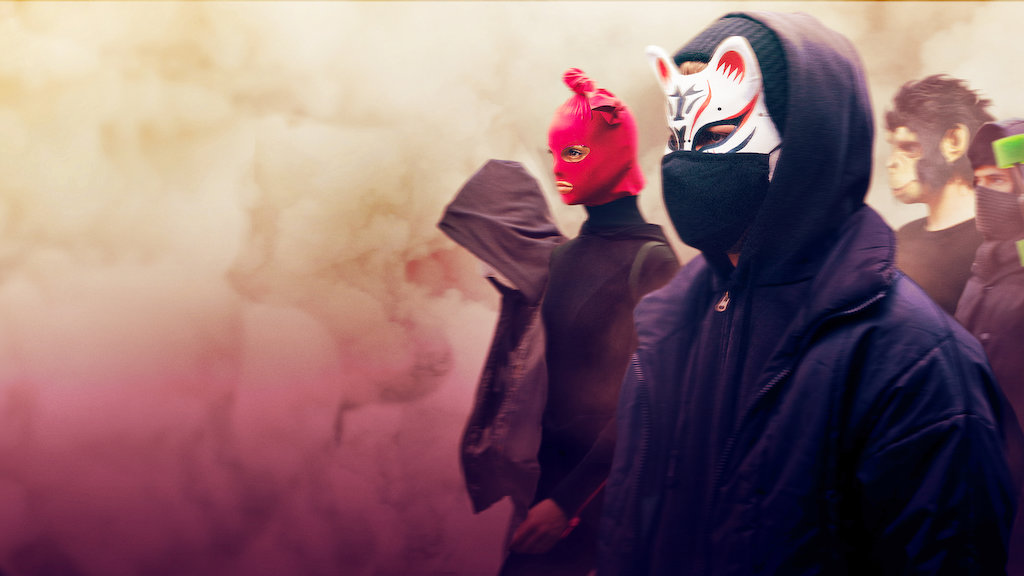
This leads to an arms race to create polarising content that performs well on social media. Whilst everyone is doing politics by sharing polarising content, with passionate statements about whether they support or oppose the protest, everyone is also getting angrier and angrier.
This process has been dubbed The Toxoplasma of Rage by the blog Slate Star Codex. The blog explains that the only interest that is served by rounds of polarising content is the meme that we are all divided and that conflict is inevitable. The blog borrows details from the life cycle of the toxoplasma parasite to explain how this meme takes on the form of polarising content on either side of the political divide to spread itself and make everyone angrier.
The goals of platforms and not movements
We can see this in the type of protests that The Wave produce, designed to go viral and get lots of attention by exploiting The Toxoplasma of Rage. However, beyond making more people angry, there appears to be no other goal of The Wave.
We Are The Wave gets many things right about young people’s protest movements today. It also illustrates a lot of the problems of doing politics online. Left-wing politics should be about standing up to local right-wing bullies or exploitive industries, but when we take these protests onto social media we are serving the goals of the platforms and not our movements.
